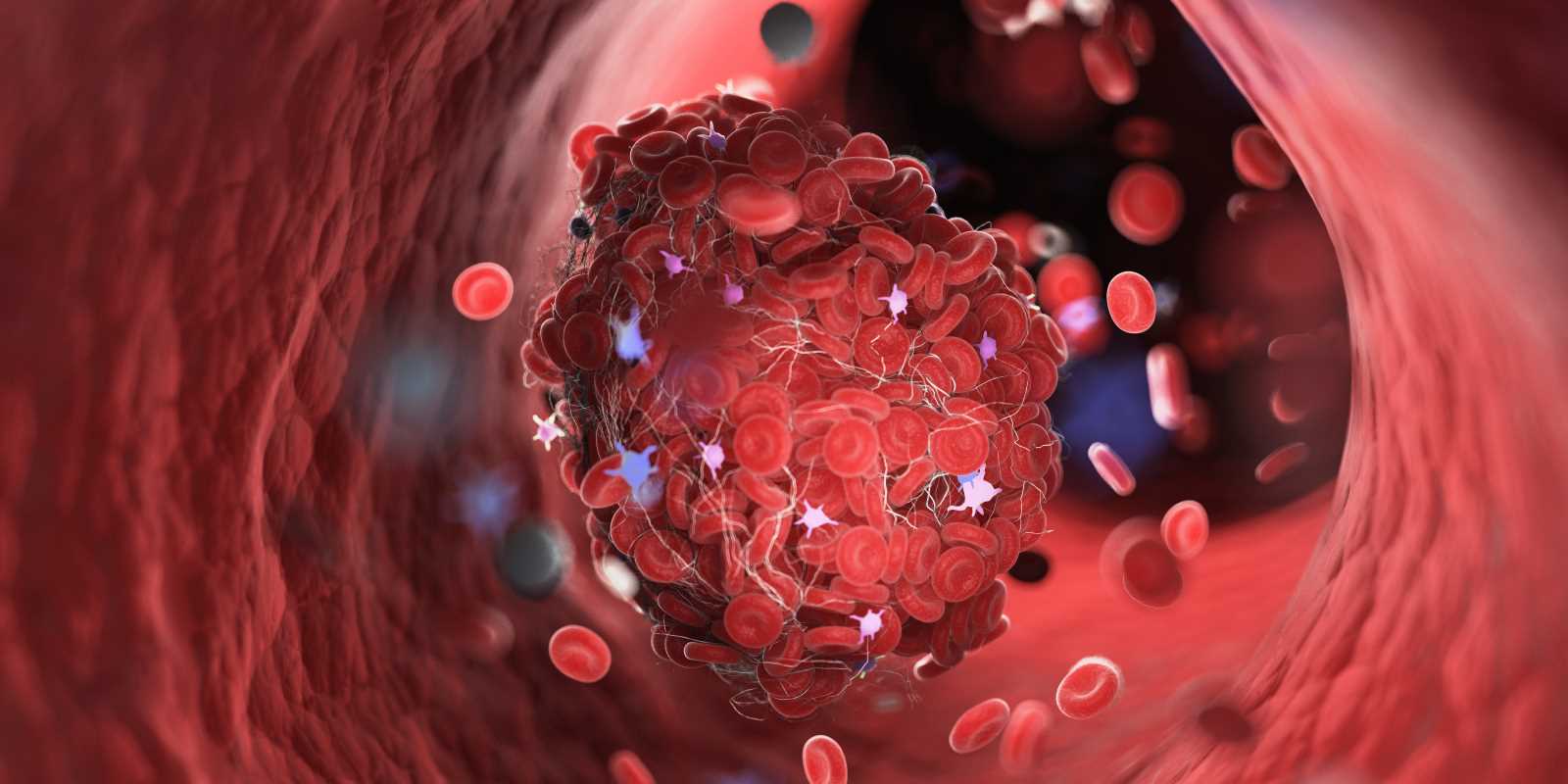Managing high blood pressure, or hypertension, is one of the most practical steps you can take for your long-term health. For many, a single medication does the job effectively. However, if your blood pressure remains stubbornly high, your doctor might suggest a different strategy: combination therapy. This approach involves using two or more medications together to achieve better control.
You might wonder if taking more medication is the right move. The reality is that combination therapy is a well-established and highly effective strategy for managing hypertension. It often provides better results with fewer side effects than simply increasing the dose of a single drug. Understanding why this approach works can empower you to have more productive conversations with your healthcare provider and feel confident in your treatment plan.
Let’s explore the concept of combination therapy, why it is often more effective, and what it could mean for your health journey.
What Is Combination Therapy?
Combination therapy is the use of two or more medications to treat a single condition. For hypertension, this typically means pairing drugs from different classes that lower blood pressure through unique mechanisms. Instead of relying on one method to reduce blood pressure, this strategy tackles the problem from multiple angles.
High blood pressure is a complex issue with various contributing factors, including:
- Fluid retention
- Narrowed blood vessels
- Hormonal signals that raise blood pressure
Because different medications address these different factors, combining them can create a powerful, synergistic effect. It is a reliable way to gain control over blood pressure when one medication alone isn't enough.
Why Two Can Be Better Than One
This approach acknowledges that hypertension is not a one-dimensional problem and often requires a multi-faceted solution.
Targeting Multiple Pathways
Your body has several systems that regulate blood pressure. A single medication usually targets just one of these. For example, a diuretic helps your body get rid of excess salt and water, while a calcium channel blocker helps relax and widen your blood vessels.
If your hypertension is caused by multiple factors, a single drug may not be enough to bring your numbers down to a healthy range. By using two medications, you can address two different causes simultaneously. This comprehensive approach often leads to more significant and consistent blood pressure reduction.
Achieving Better Results with Lower Doses
Increasing the dose of a single medication can certainly lower blood pressure further, but it also increases the risk of side effects. For instance, a high dose of a diuretic might cause dizziness or potassium imbalances.
Combination therapy allows your doctor to use lower doses of two different drugs. This often achieves the same or even better blood pressure control than a high dose of one medication, but with a reduced likelihood of side effects. It is a practical strategy for maximizing benefits while minimizing risks.
Counteracting Compensatory Responses
Your body is smart and always strives for balance. When you take a medication that lowers your blood pressure through one mechanism, your body may try to compensate by activating another pathway to raise it back up.
For example, when a diuretic reduces fluid volume, your body might respond by constricting your blood vessels. By pairing the diuretic with a medication that relaxes blood vessels, like an ACE inhibitor, you can block this compensatory effect. This makes the overall treatment more effective and reliable.
Common and Effective Combinations
Doctors have several proven combinations they rely on to treat hypertension. These pairings are chosen based on their complementary mechanisms of action and extensive clinical research demonstrating their effectiveness.
Here are a few common combinations:
- ACE Inhibitor or ARB with a Diuretic: ACE inhibitors and angiotensin II receptor blockers (ARBs) help relax blood vessels. When paired with a diuretic that reduces fluid volume, the two work together to lower blood pressure from two different angles.
- ACE Inhibitor or ARB with a Calcium Channel Blocker: This combination is also highly effective. The ACE inhibitor or ARB relaxes blood vessels through one pathway, while the calcium channel blocker relaxes them through another, leading to a powerful combined effect.
- Beta-Blocker with a Diuretic: Beta-blockers reduce the heart's workload, while diuretics reduce fluid. This pairing is often used for patients who also have certain heart conditions.
In many cases, these combinations are available in a single pill, which simplifies your daily routine and makes it easier to stay on track with your treatment.
Who Benefits Most from Combination Therapy?
While a single medication is often the starting point, combination therapy is particularly beneficial for certain individuals. A proactive discussion with your doctor can determine if this approach is right for you.
You might be a good candidate if:
- Your blood pressure is significantly high: For those with Stage 2 hypertension (140/90 mm Hg or higher), starting with two medications is often recommended to bring blood pressure down to a safe level more quickly.
- A single medication isn't enough: If your blood pressure remains above your target goal despite taking one medication, adding a second is a logical next step.
- You have other health conditions: People with diabetes or kidney disease often require more aggressive blood pressure control to protect their organs, making combination therapy a valuable tool.
- You are sensitive to side effects: If you experience side effects at higher doses of a single drug, using lower doses of two medications may provide a more tolerable solution.
Disclaimer: The content provided on SuperHealthyTips is for informational and educational purposes only. This information is not intended to be a substitute for professional medical advice, diagnosis, or treatment.
 (Image via
(Image via.jpg)





